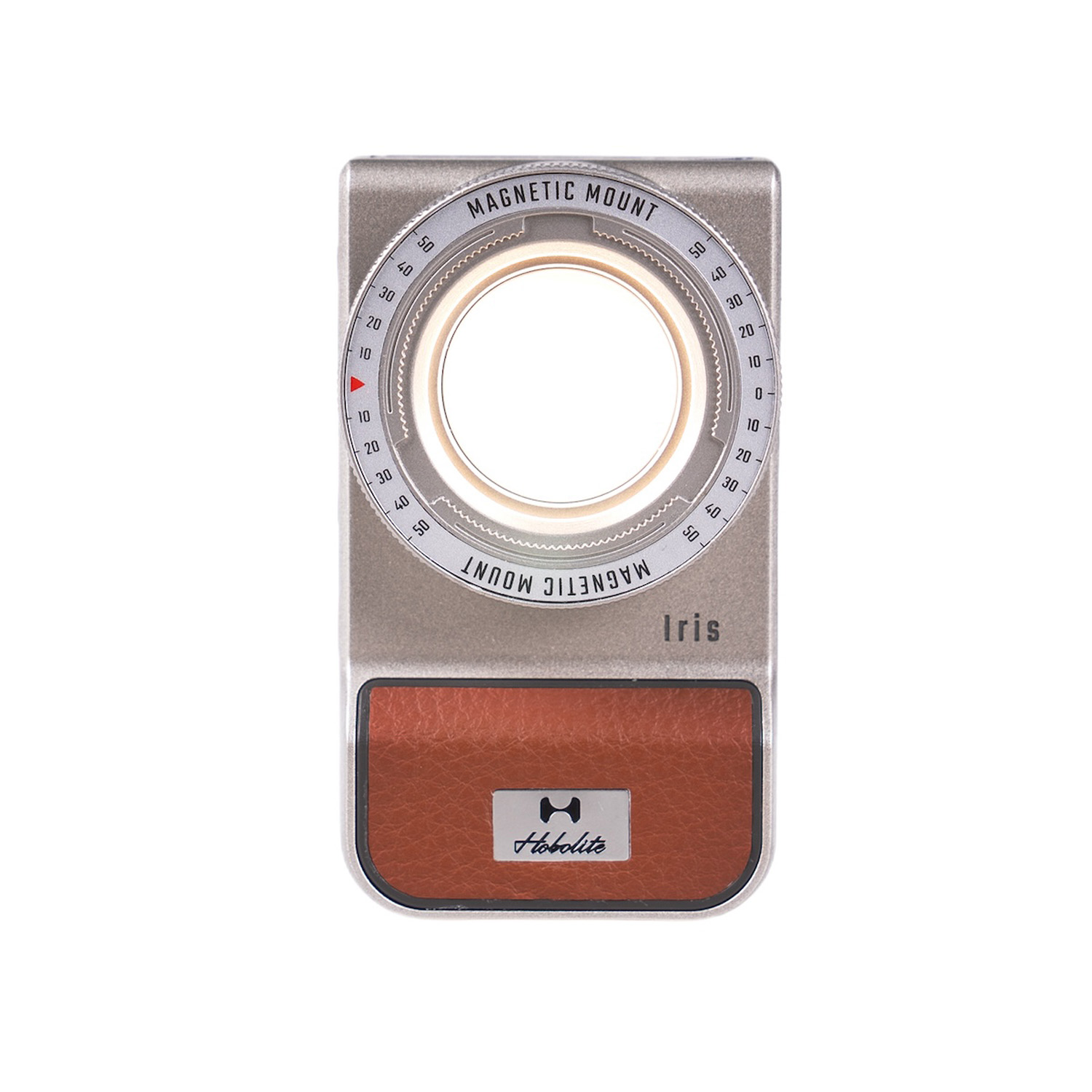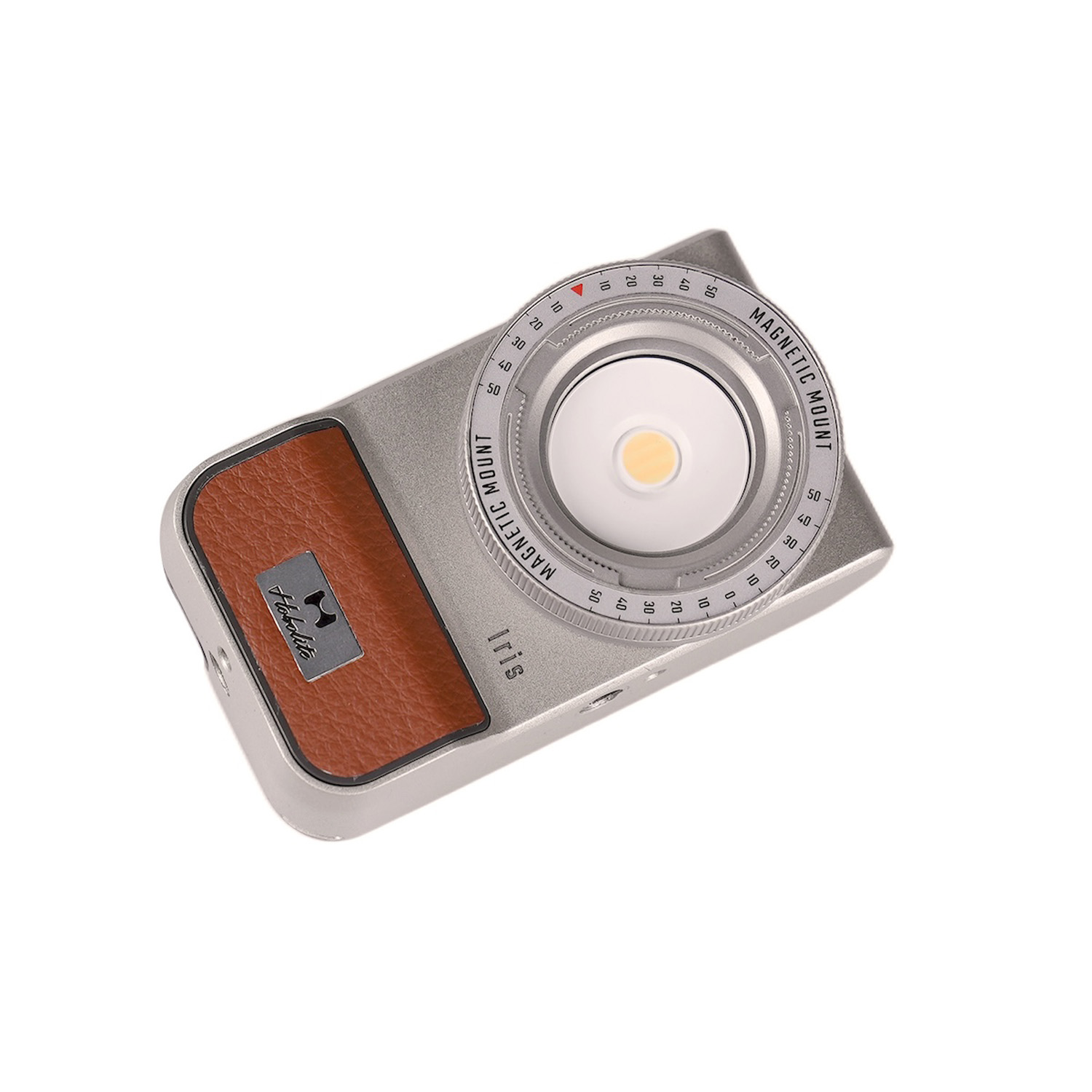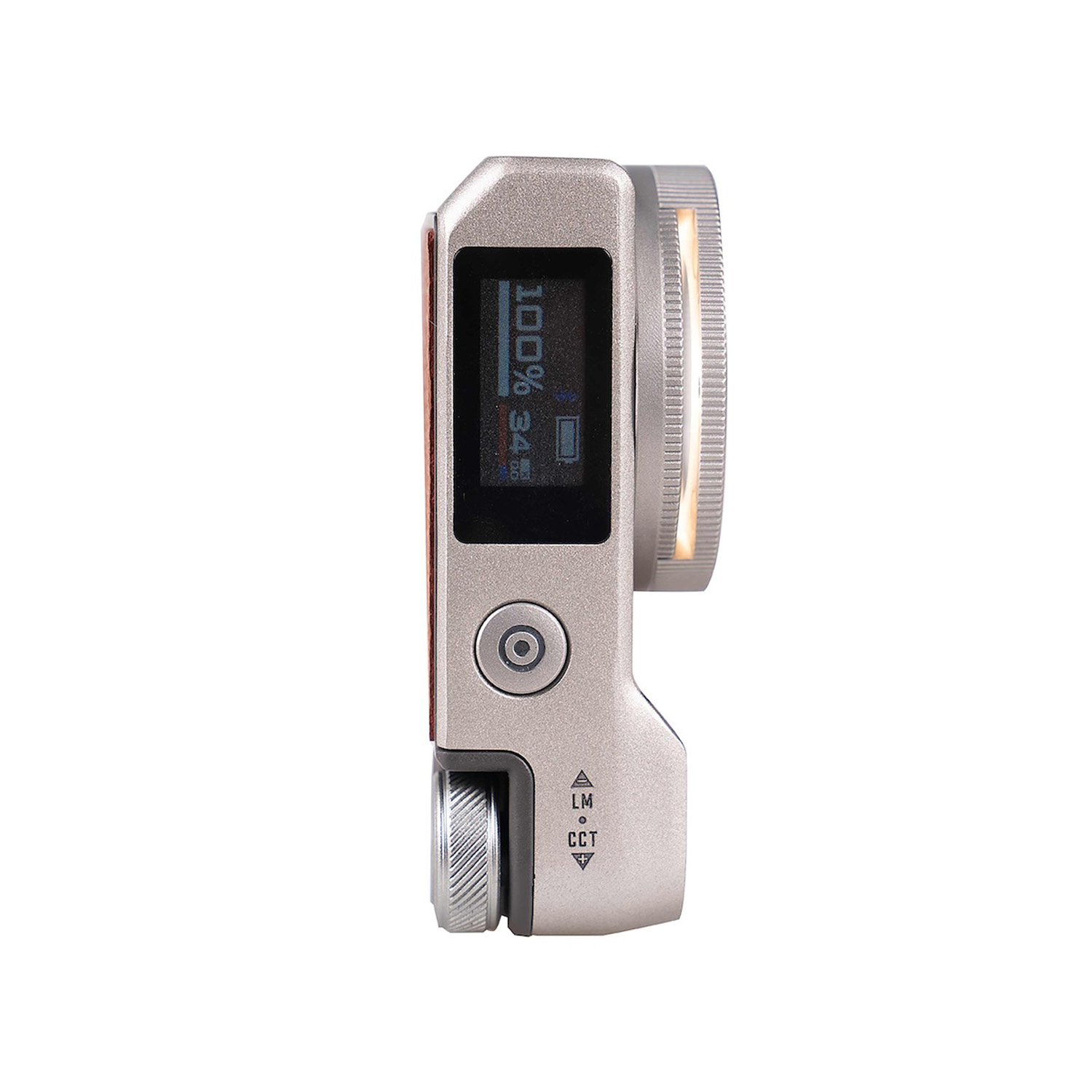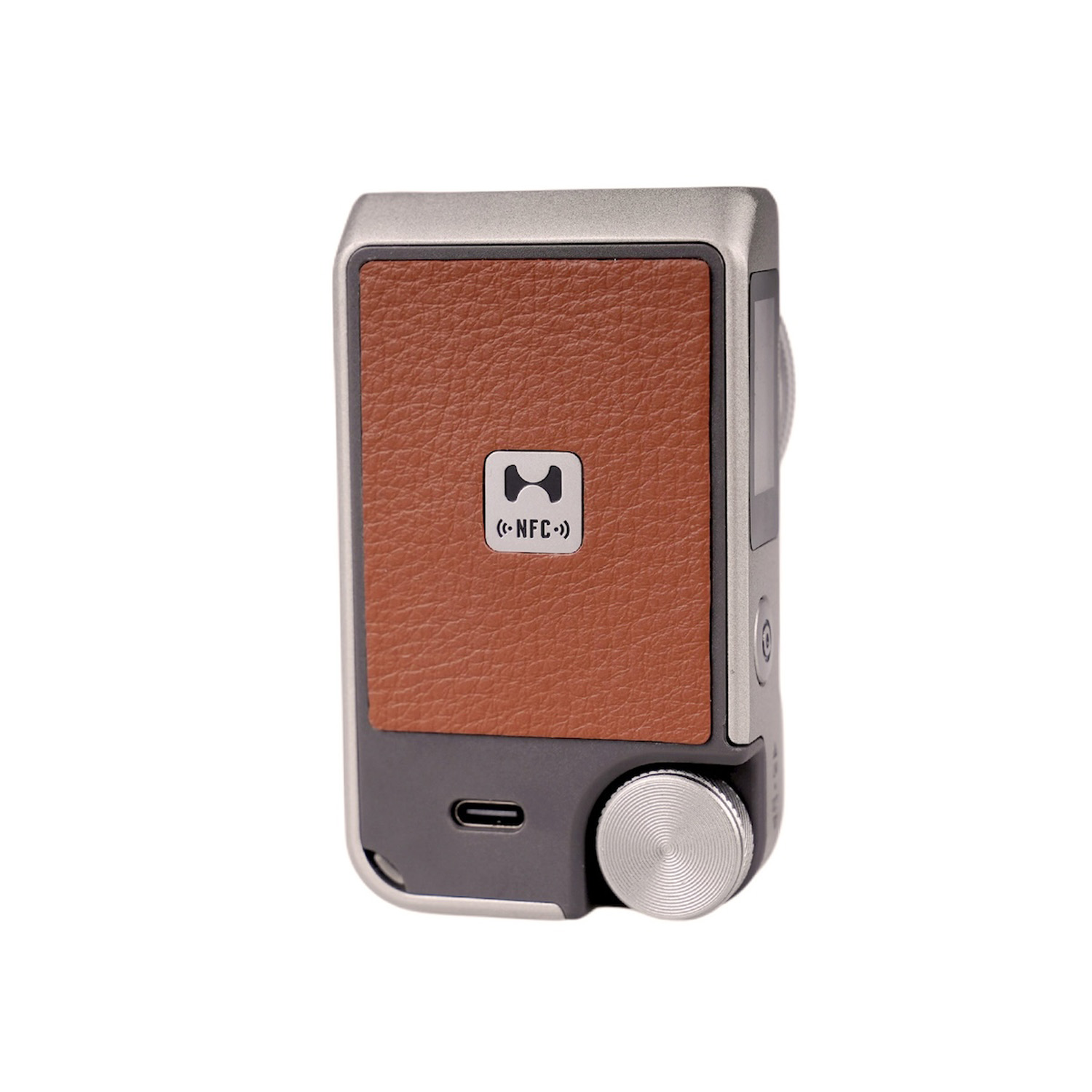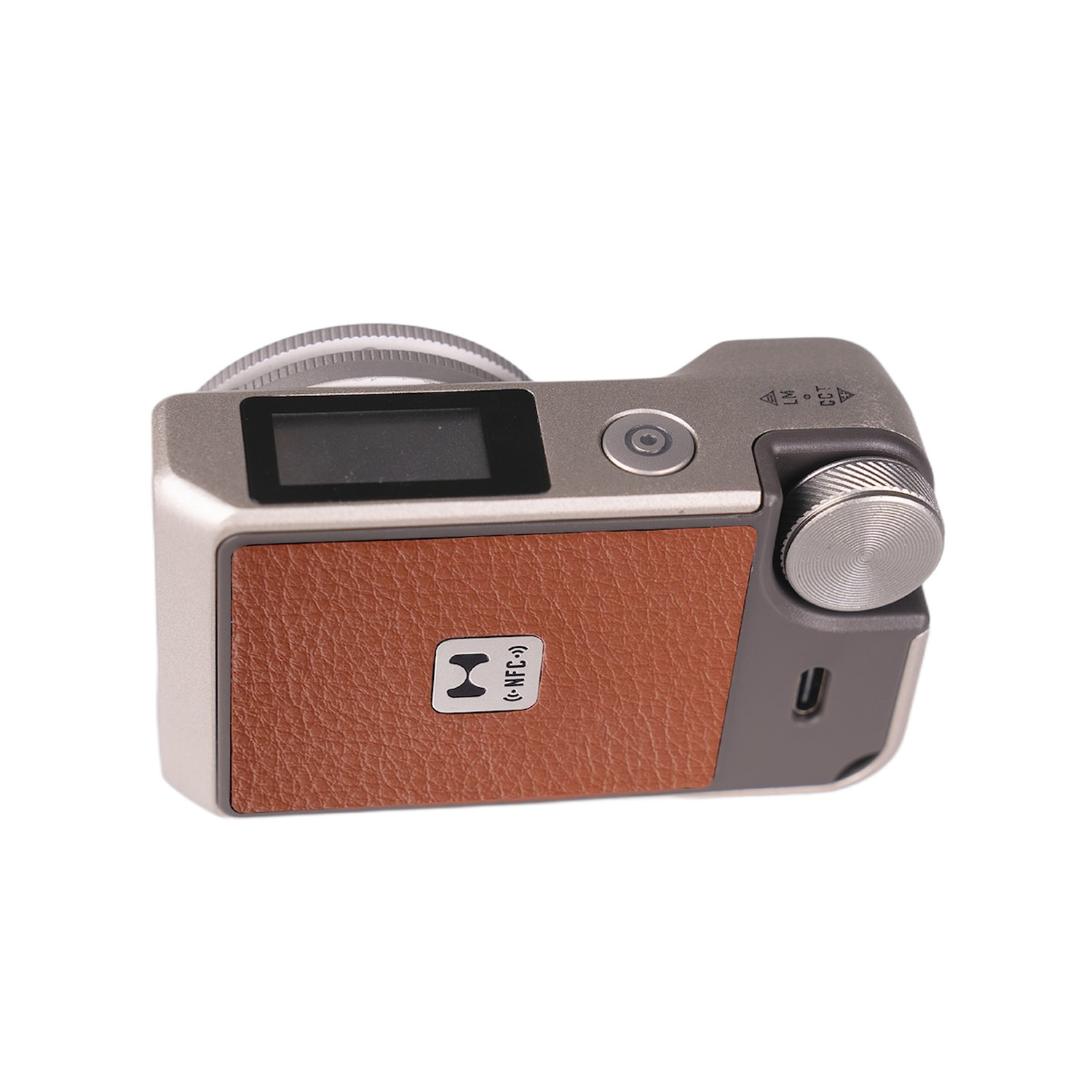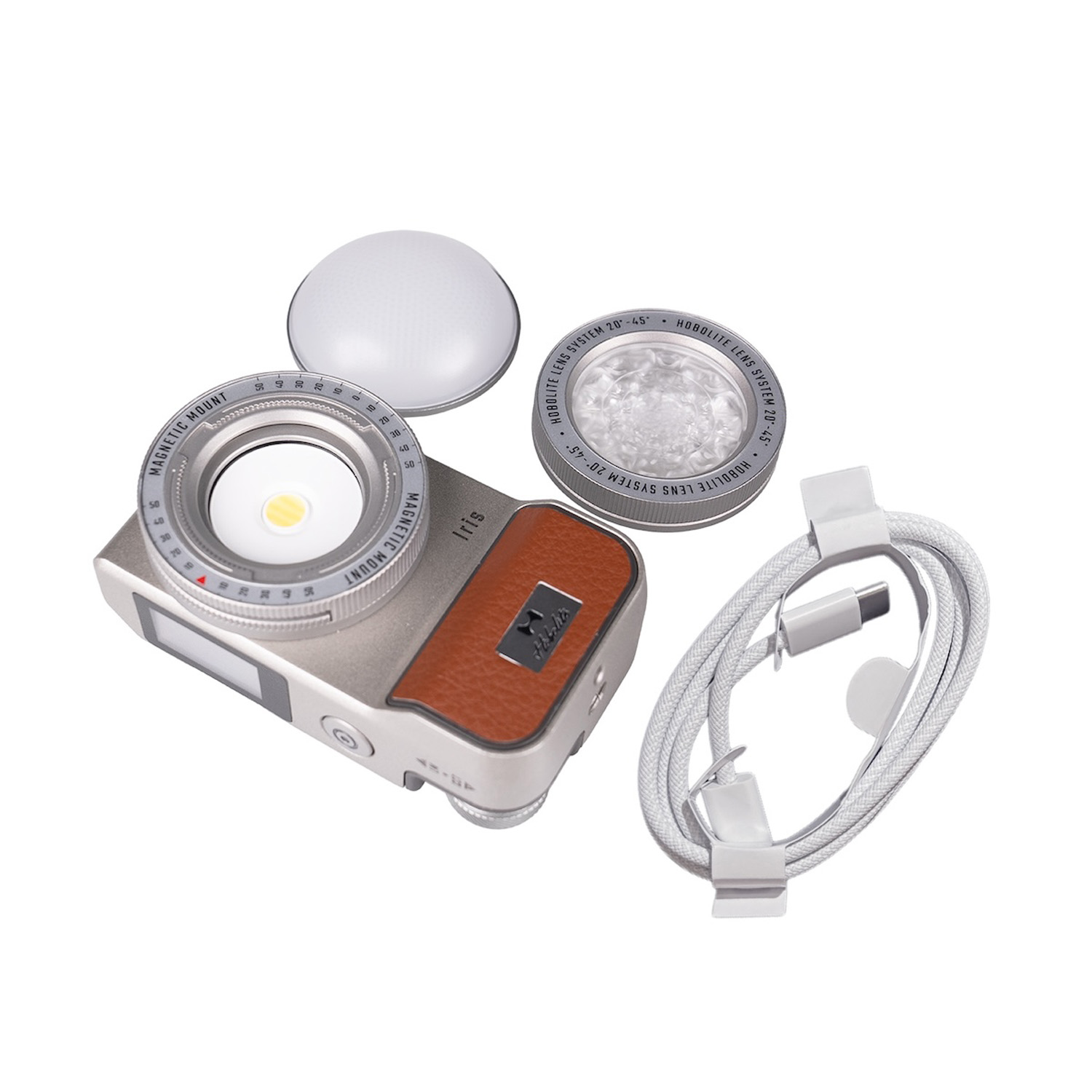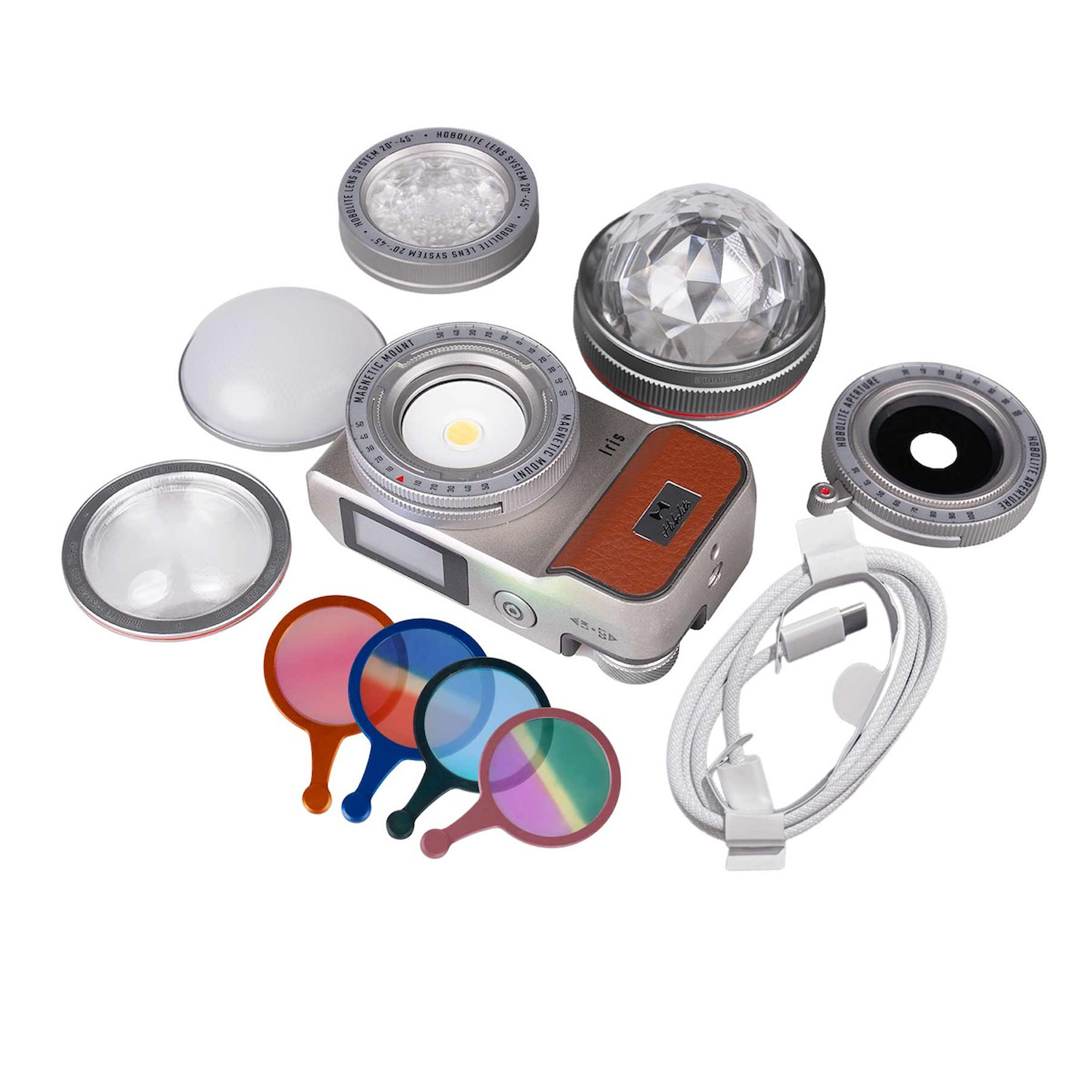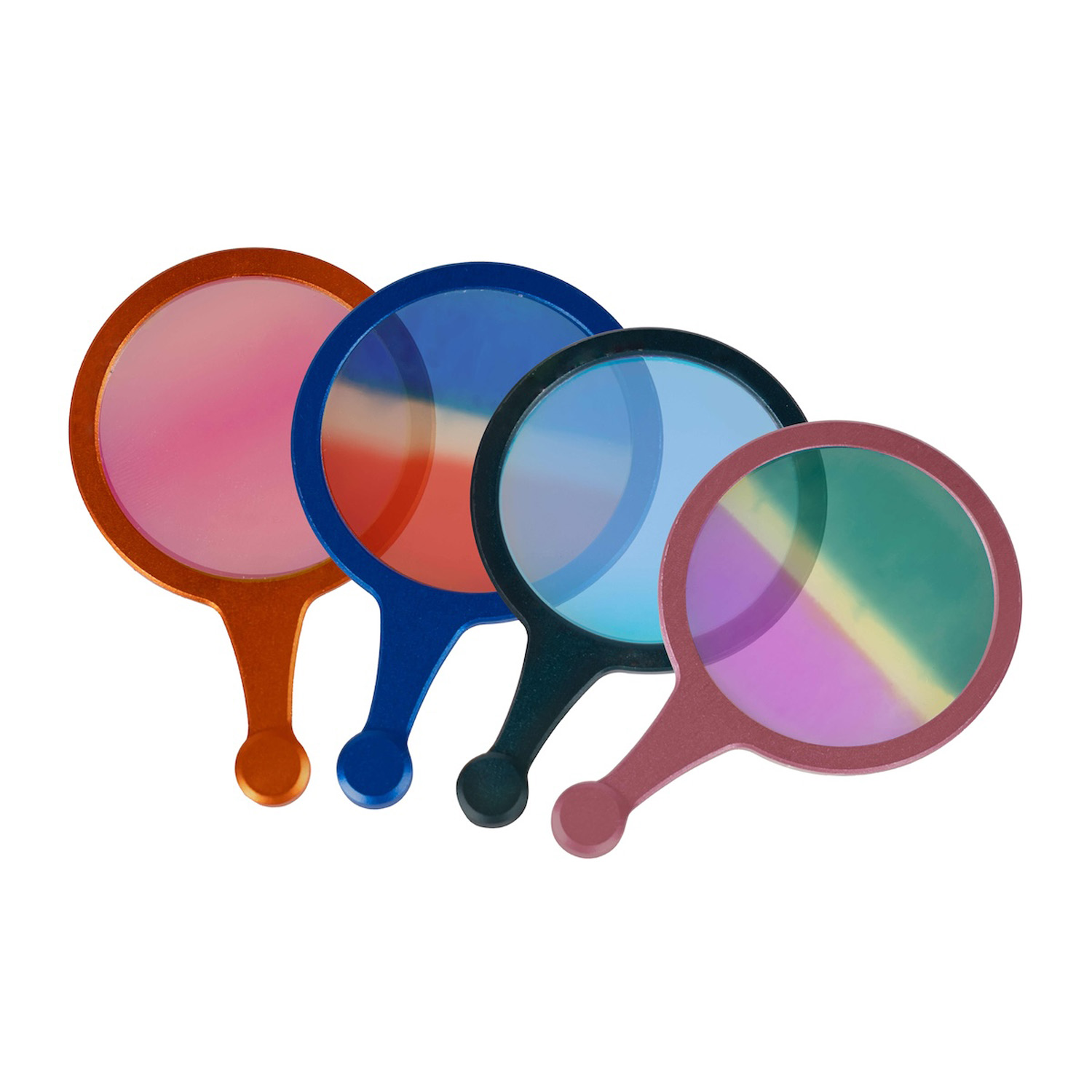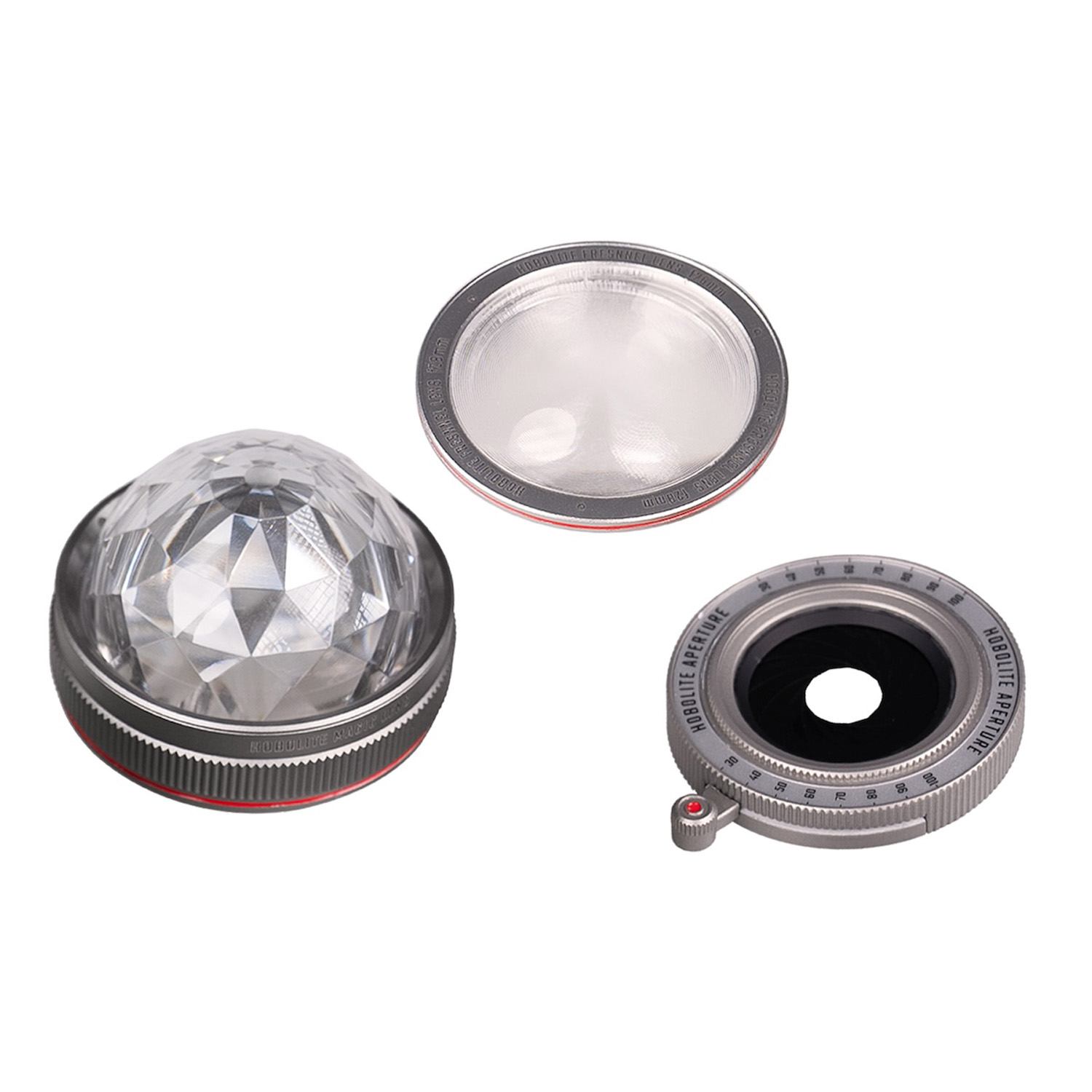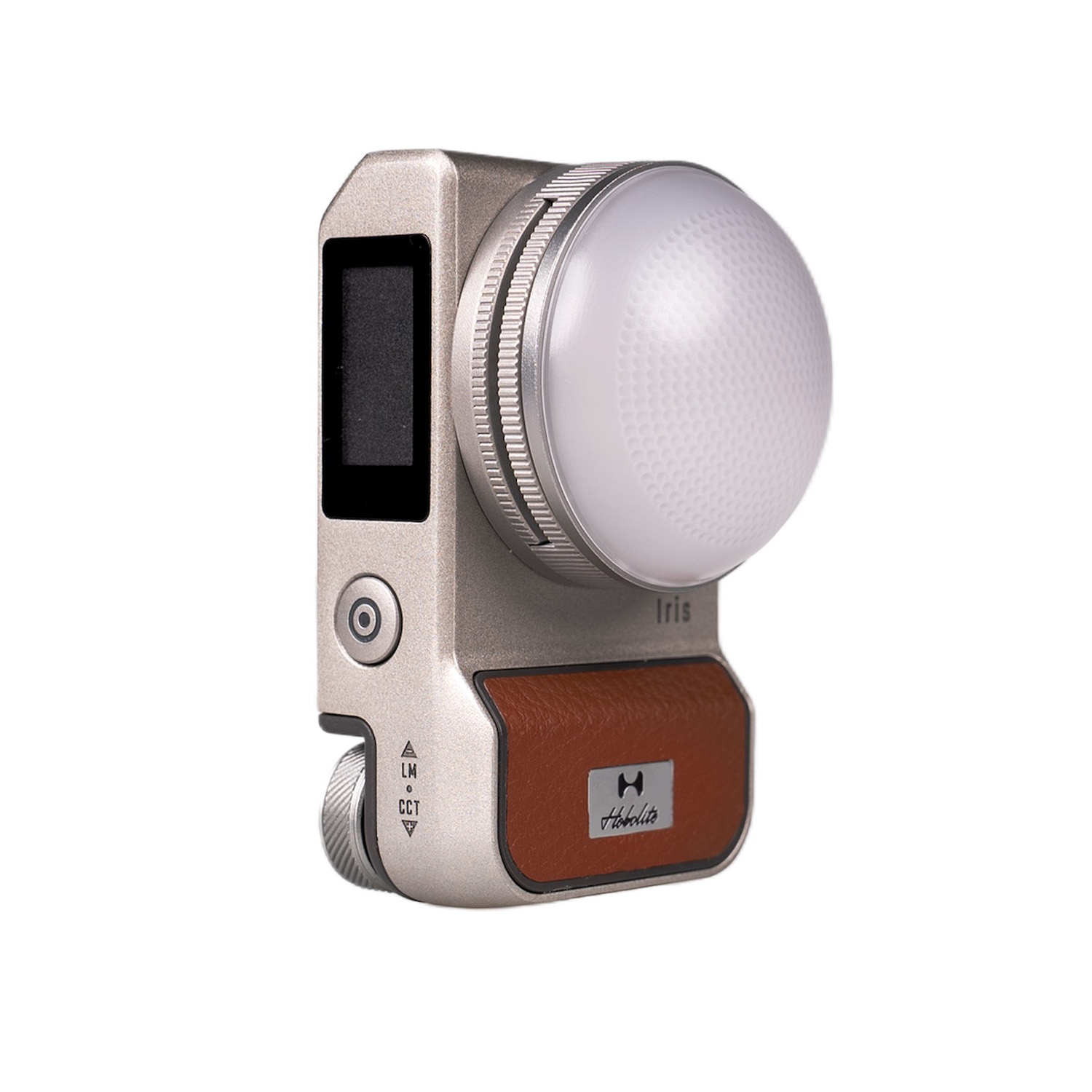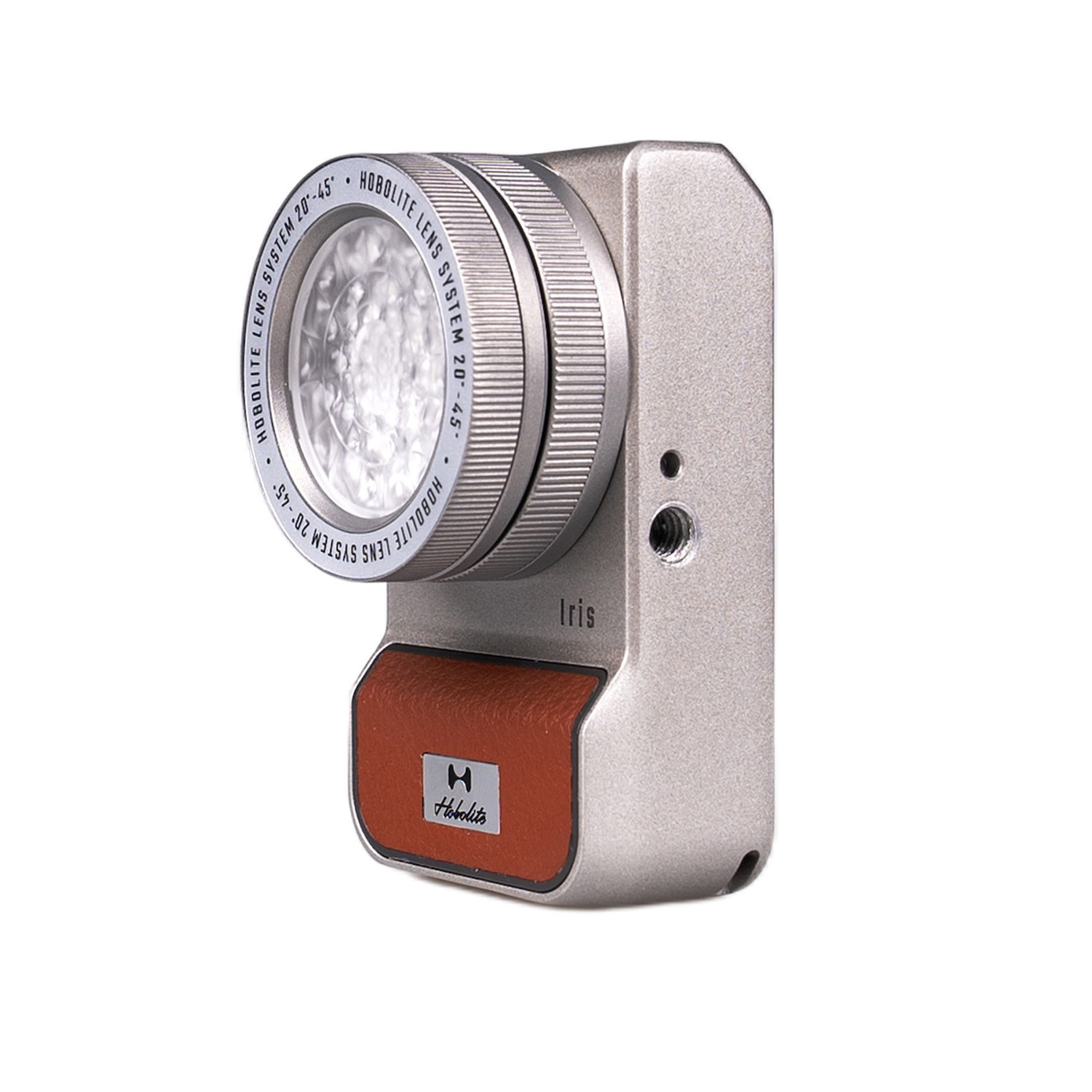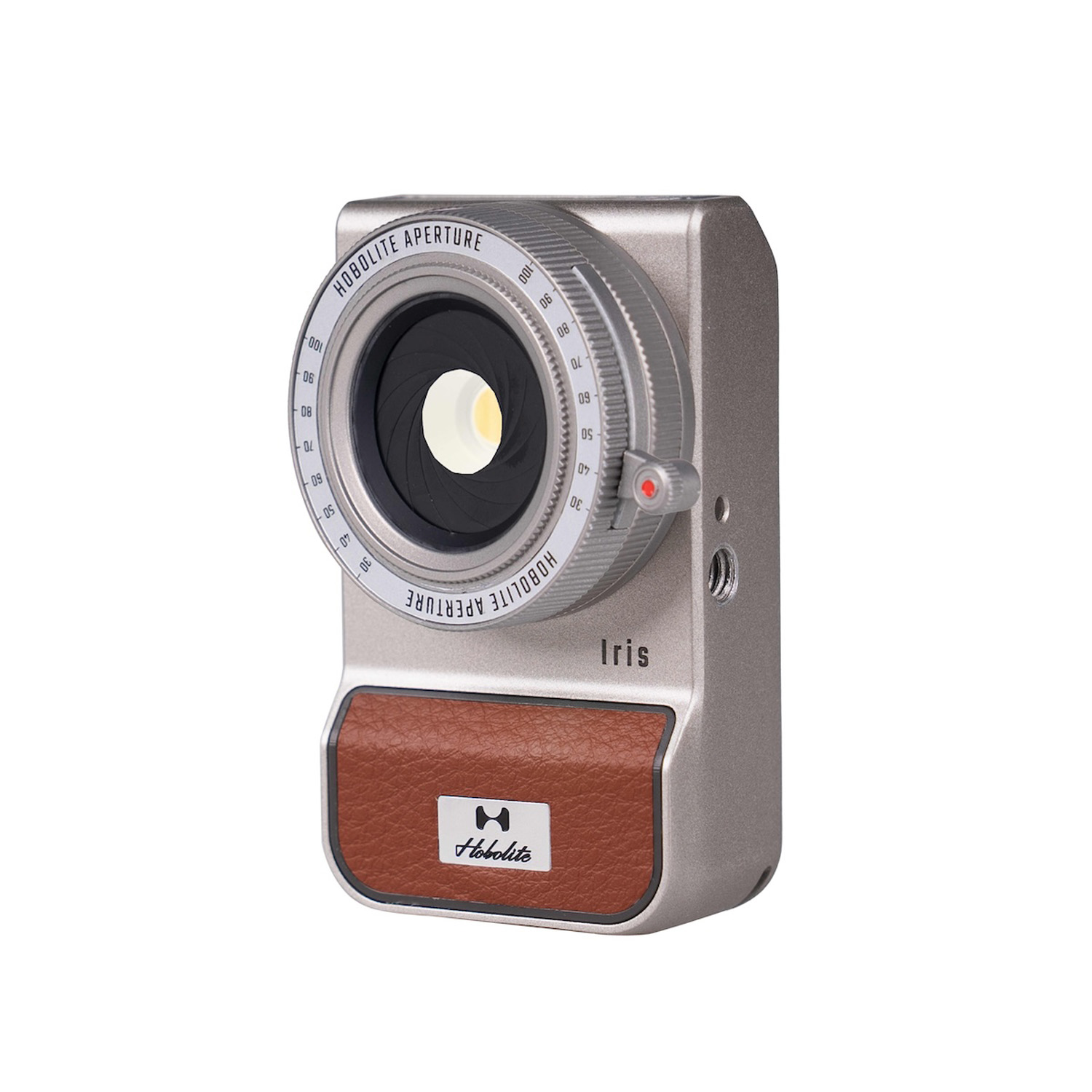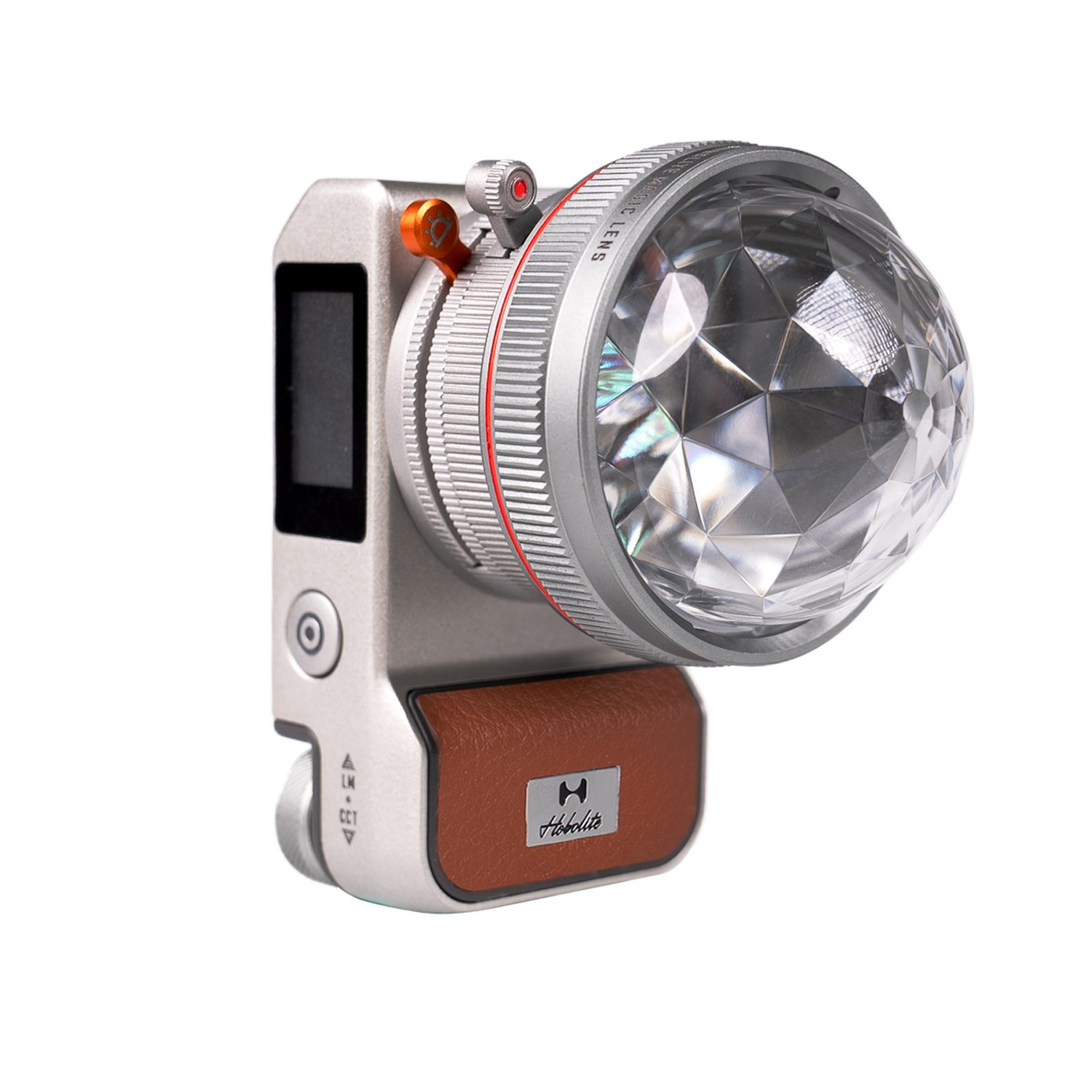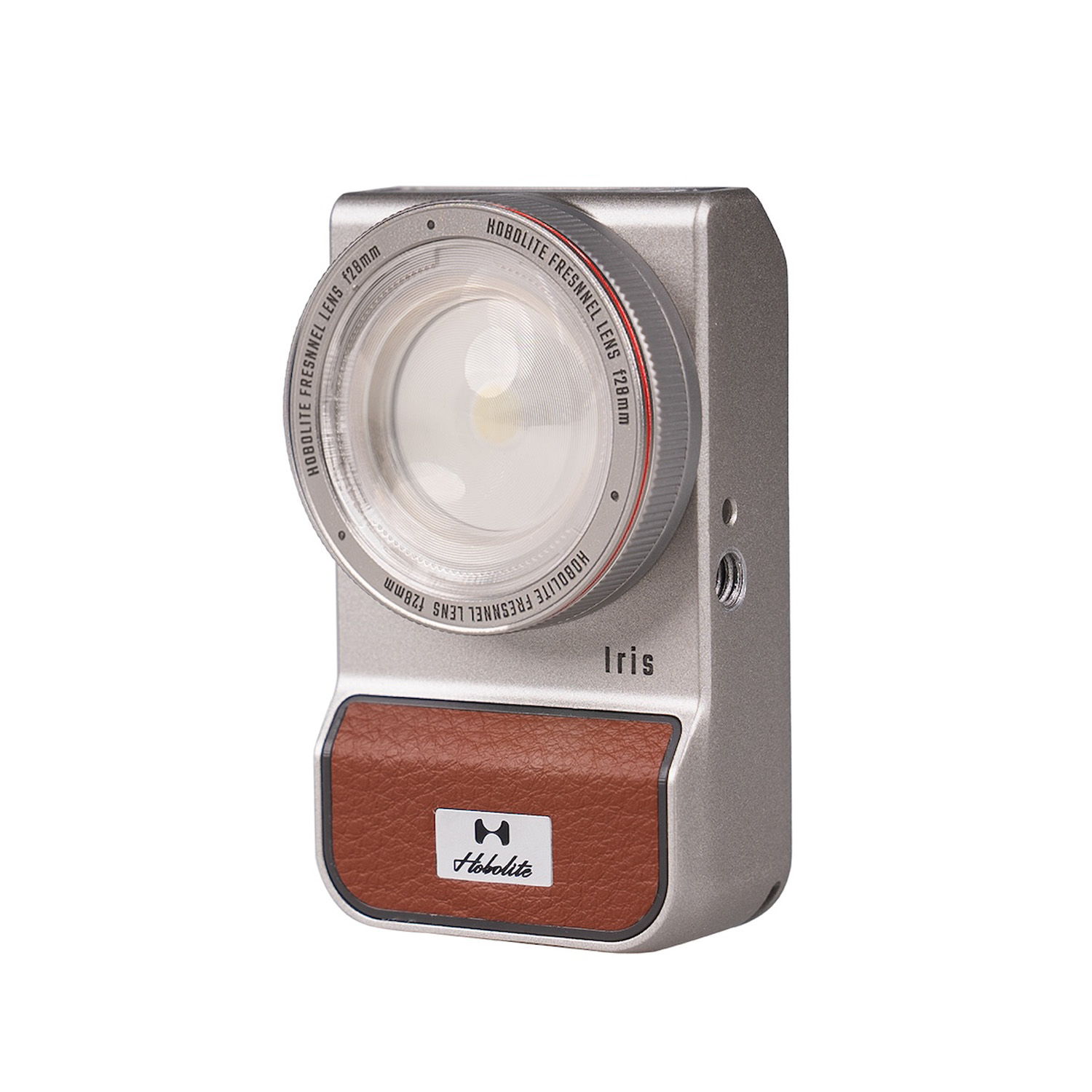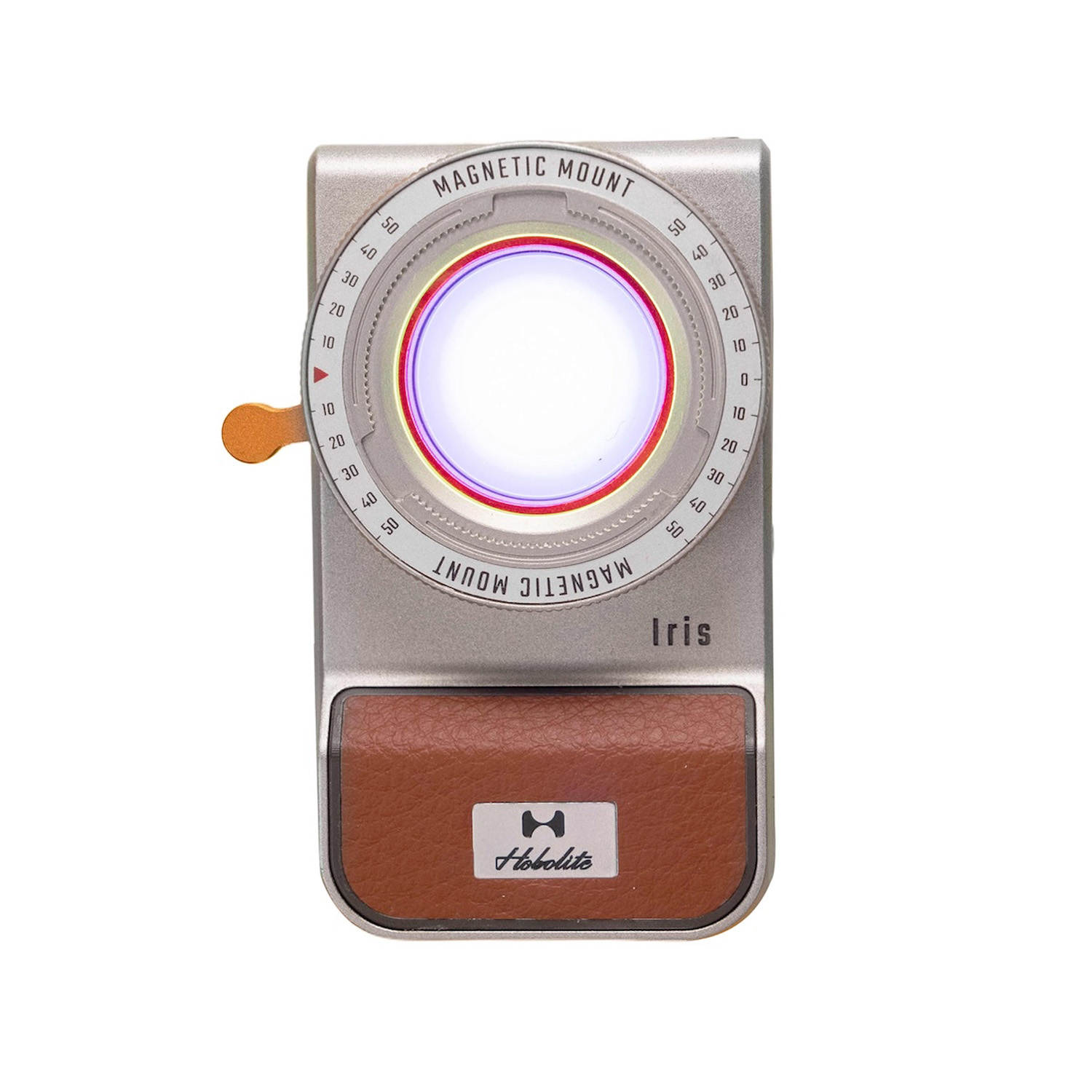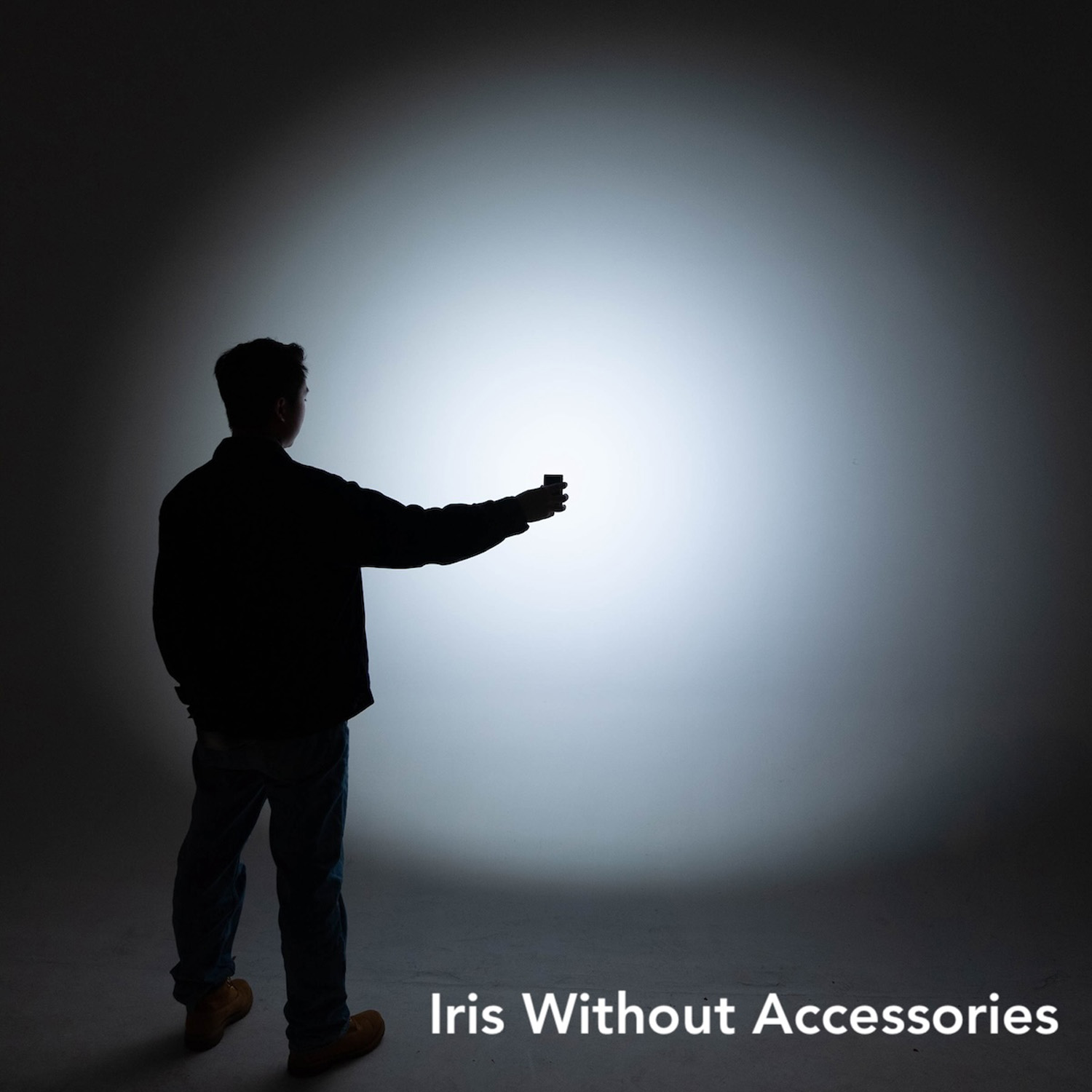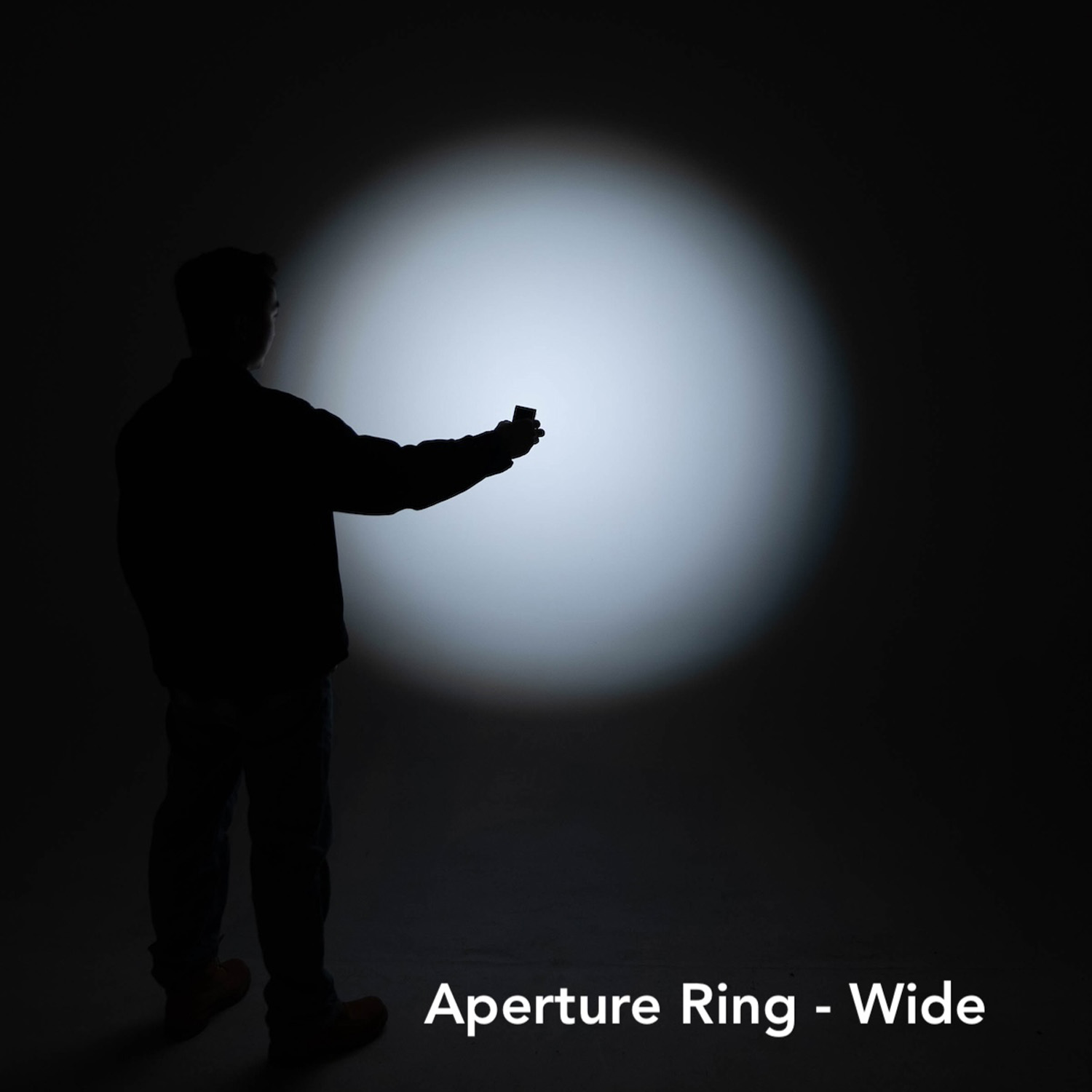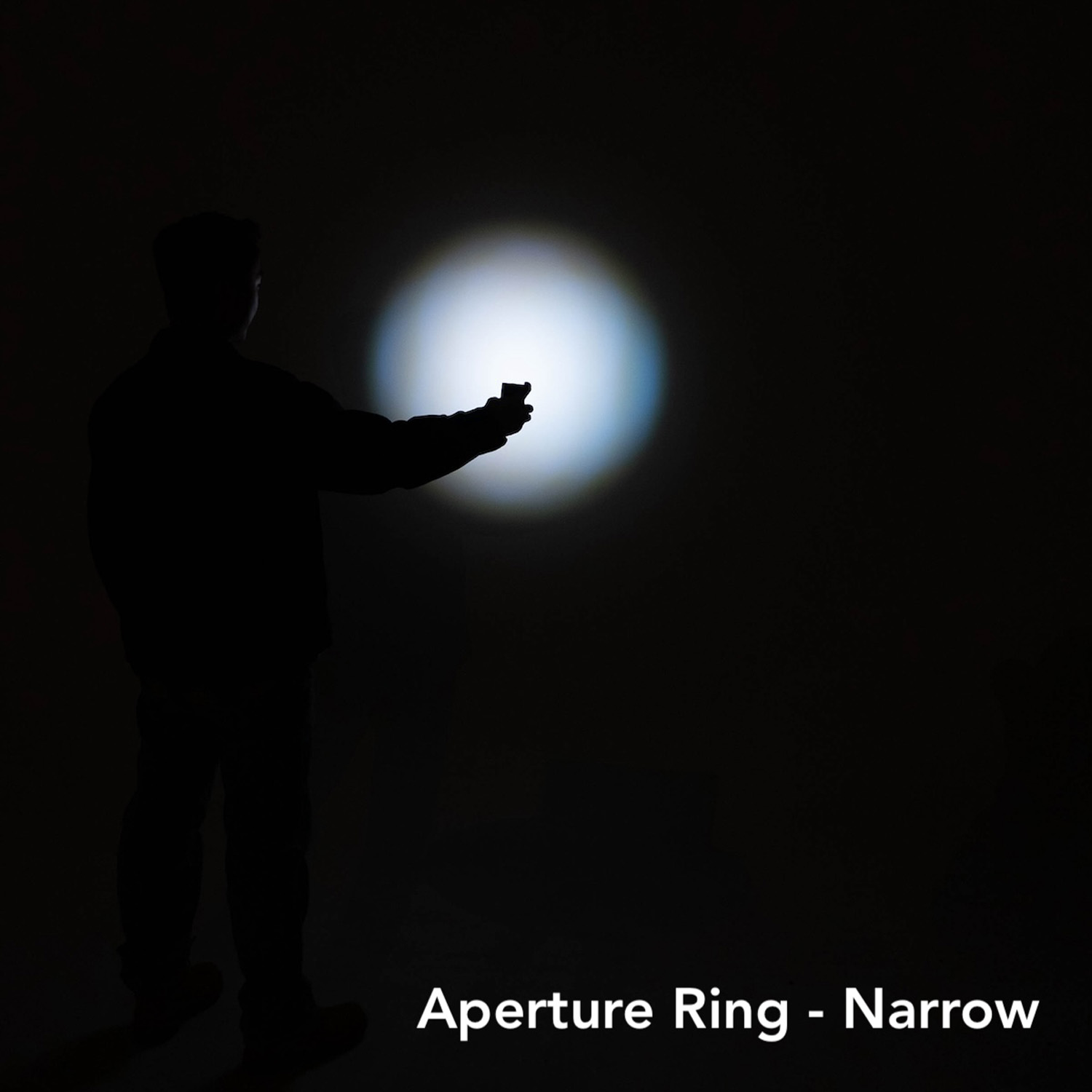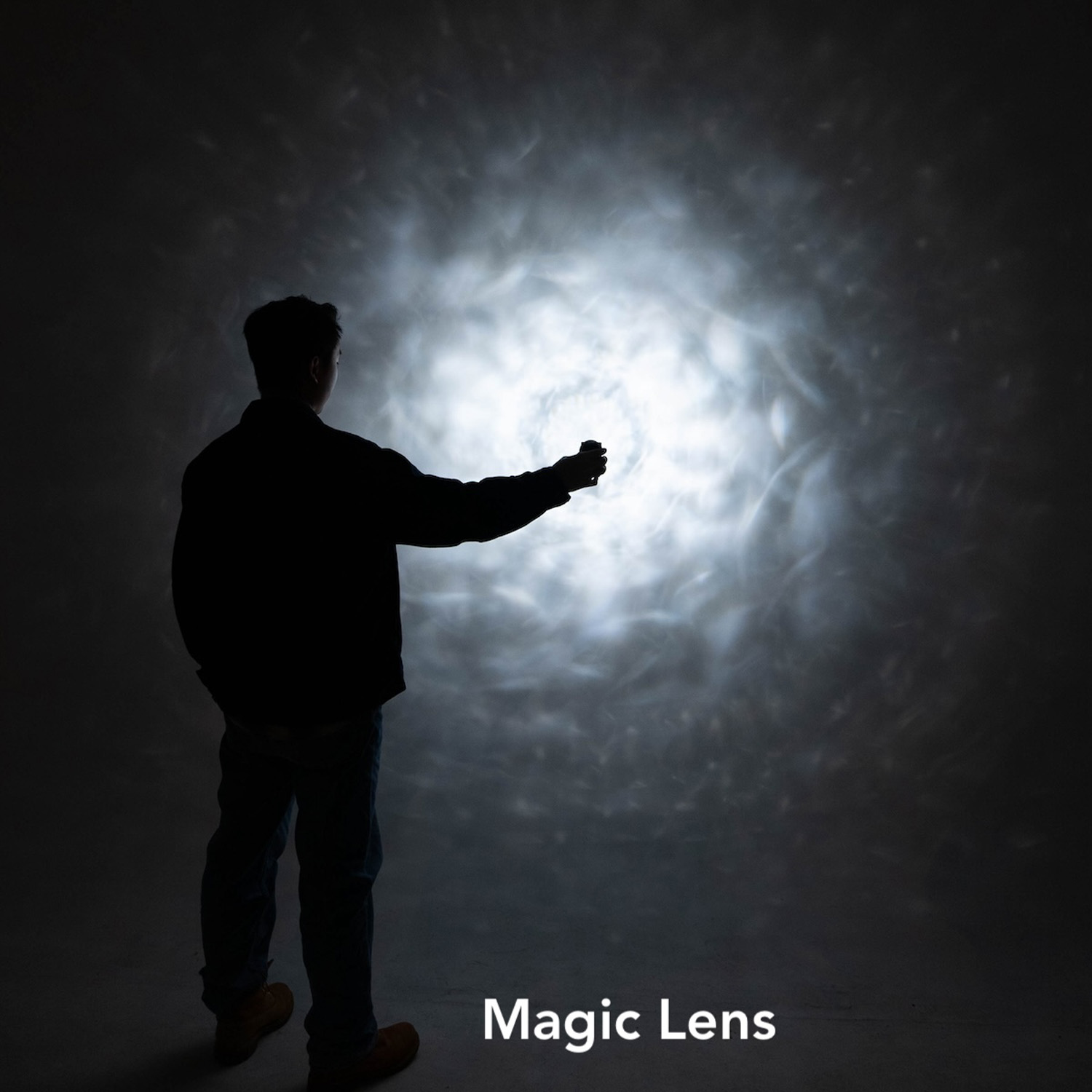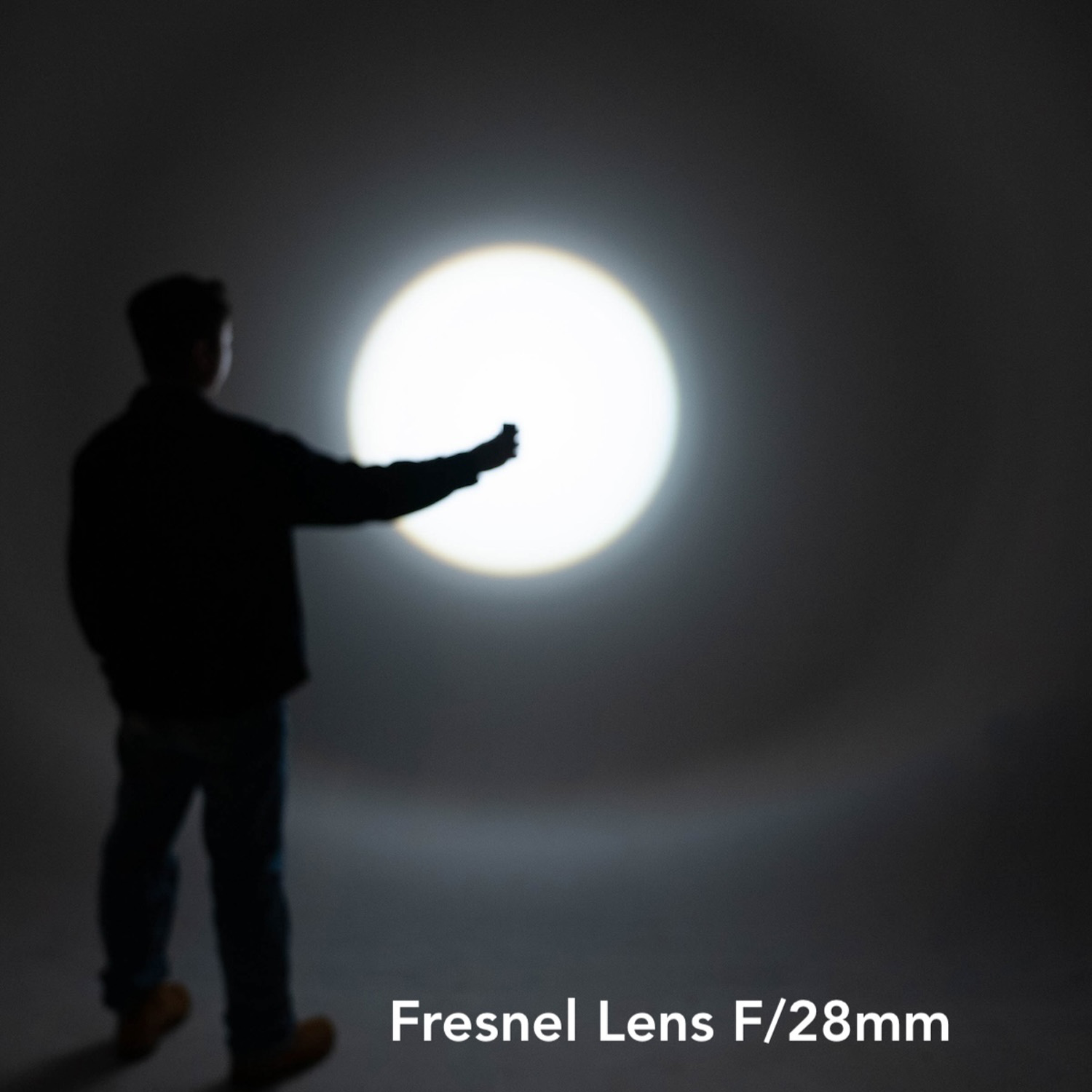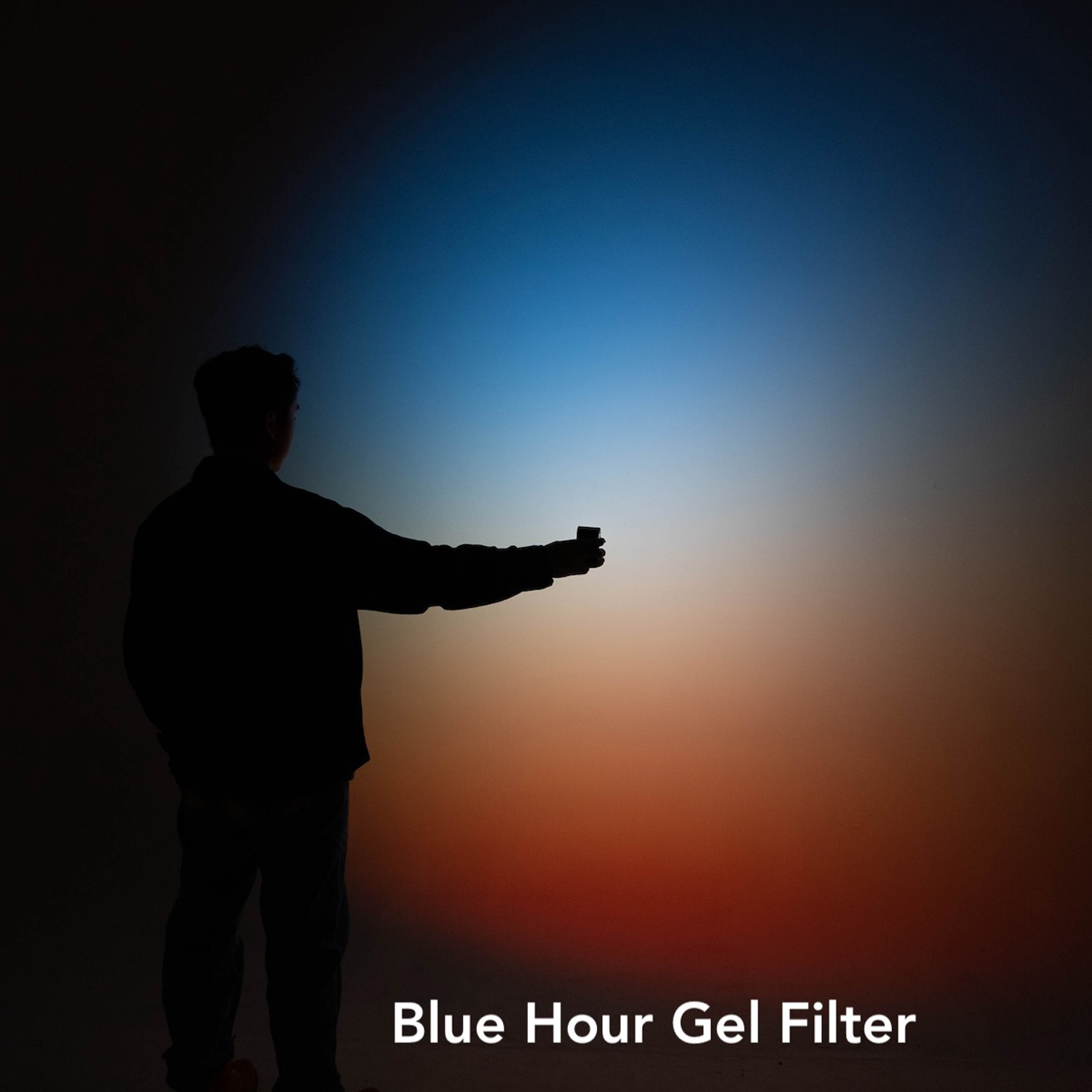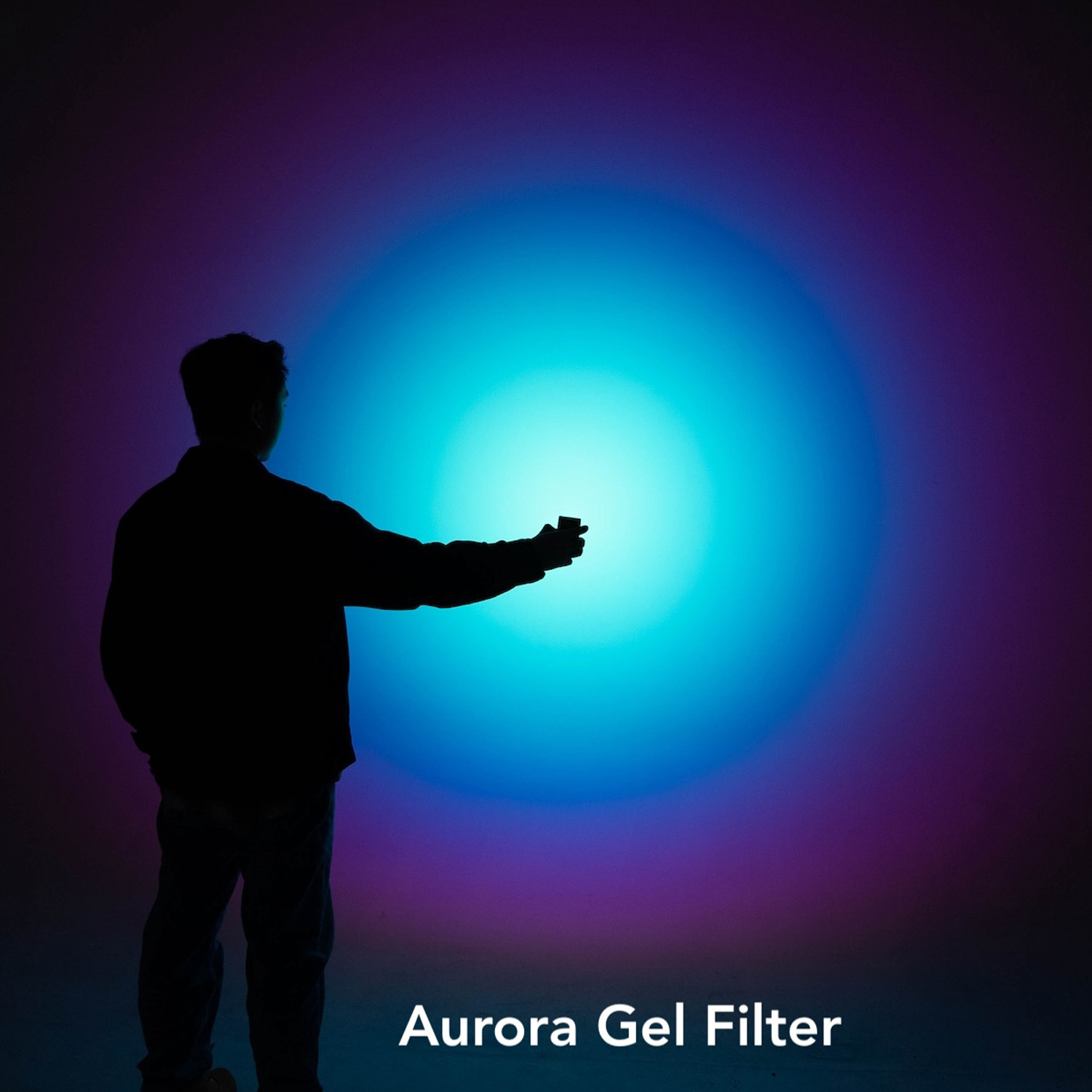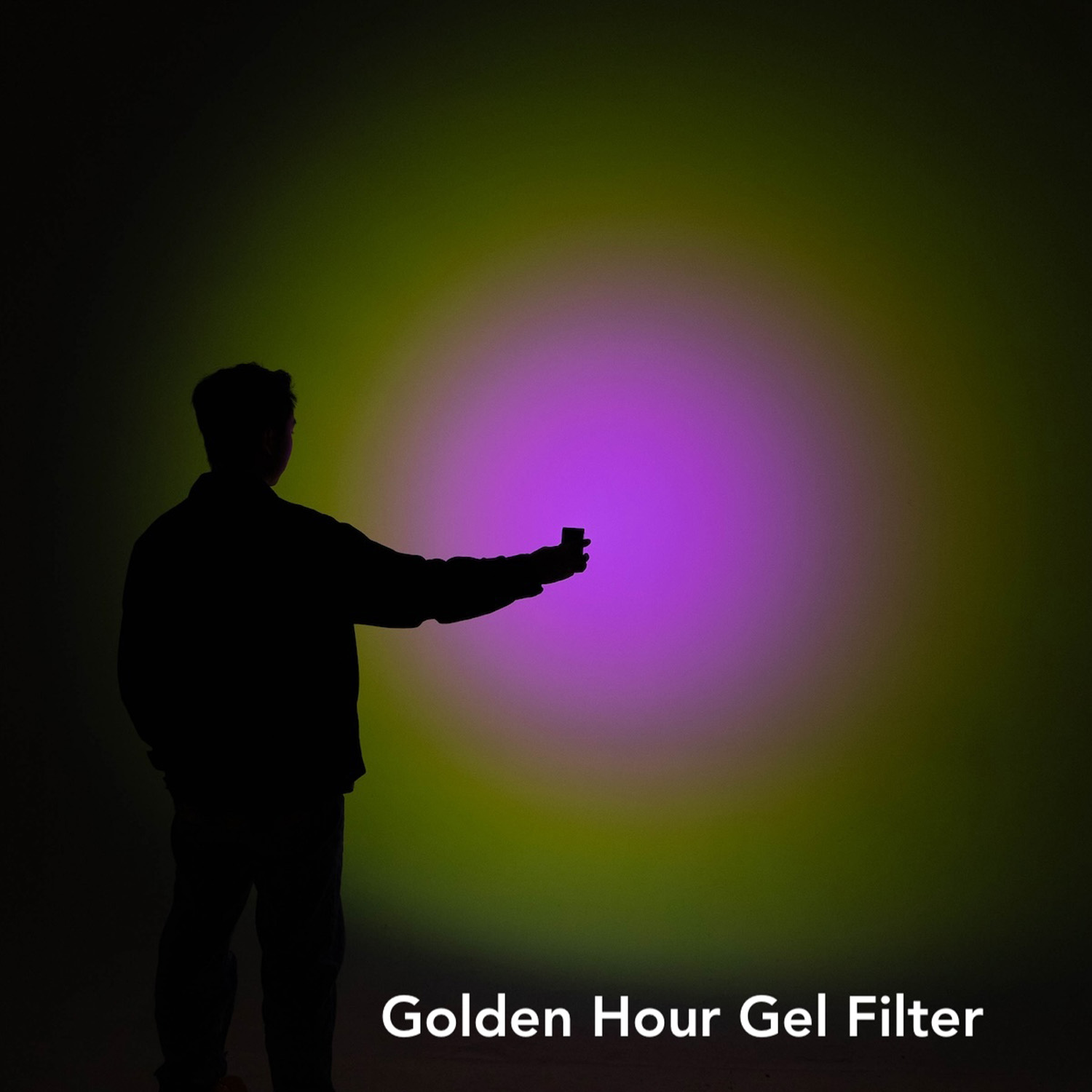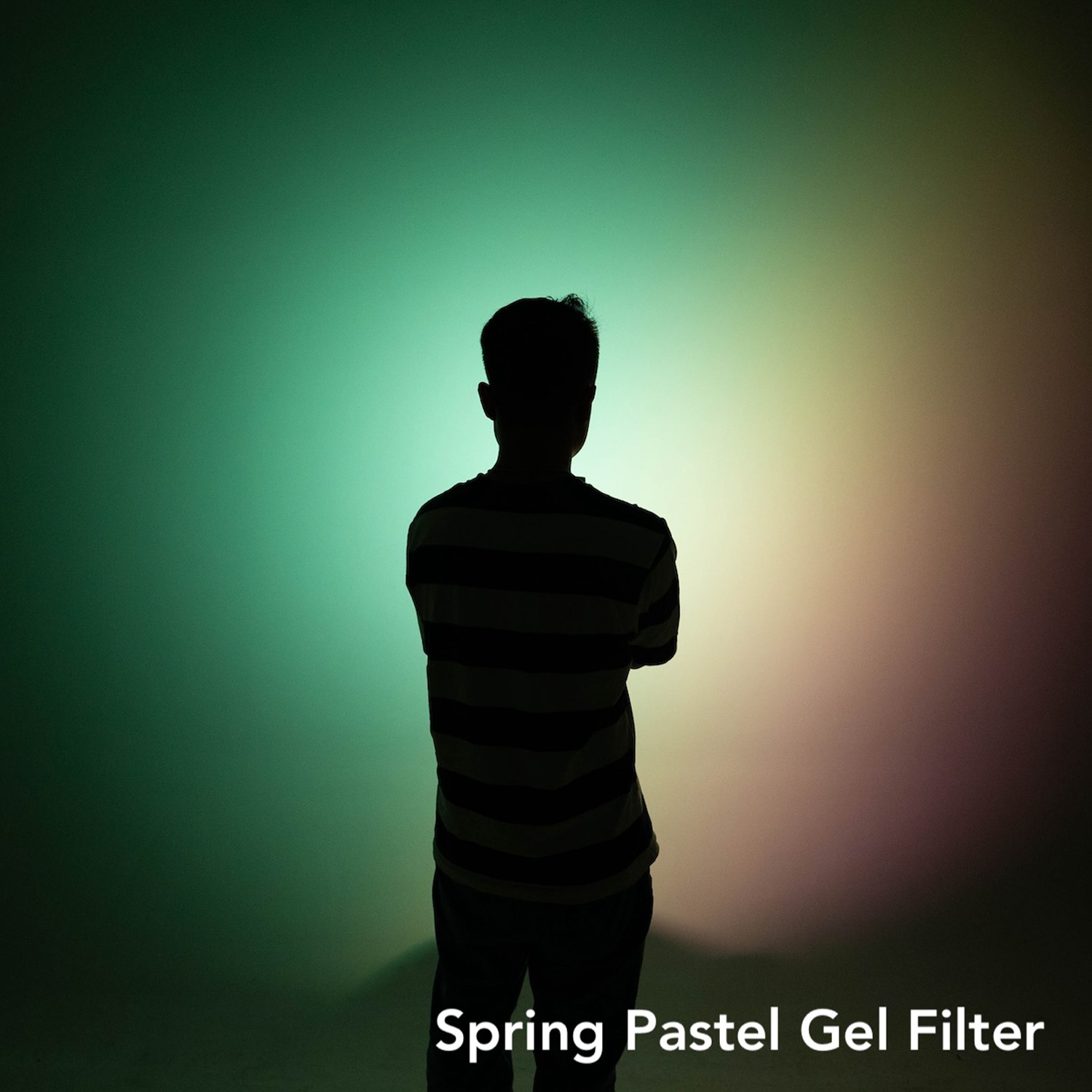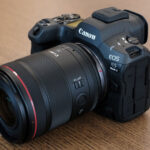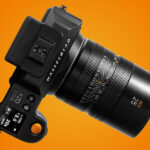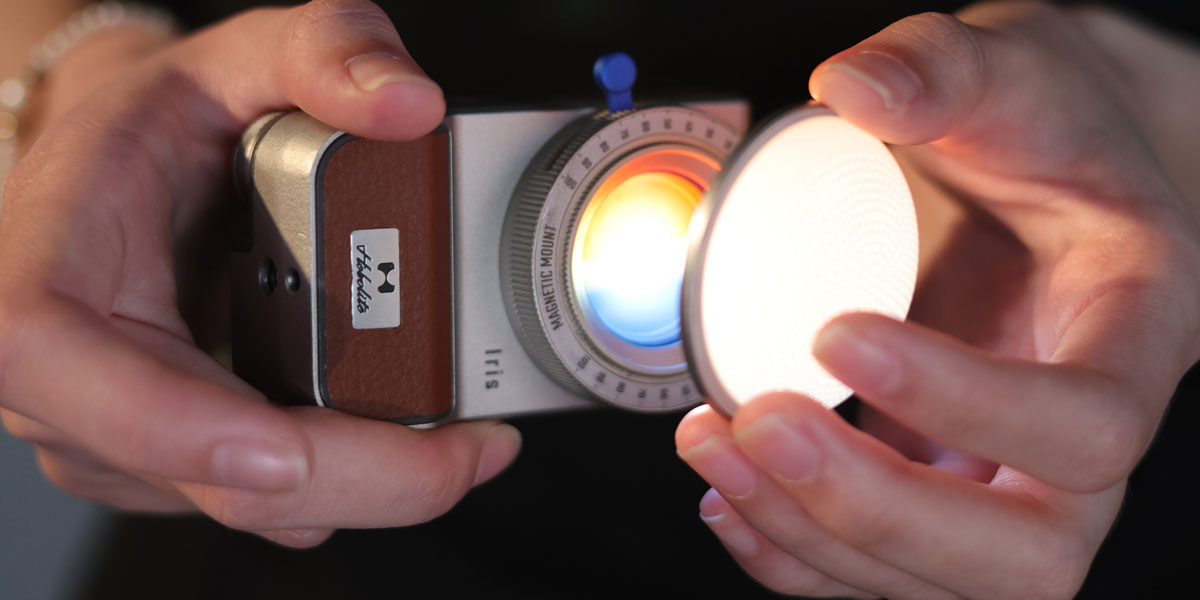
Hobolite Iris review
Posted on Jul 19, 2024
There’s no doubt the Hobolite Iris cuts a fine form, but has it got the function to match? Read our review to find out
As a photographer, I have always gravitated towards street, documentary and landscape photography; drawn to the serendipity of working with available light, rather than designing the light myself.
‘Why are you reviewing a light then?’ I hear you cry – and rightly so. But in the case of the Hobolite Iris, my relative lack of experience makes me the perfect critic.
What is the Hobolite Iris and who should buy it?
The Hobolite Iris is a pocket-sized 5W continuous LED light that slots in beneath the Hobolite Micro as an affordable entry into the Hobolite range.
As a continuous light, the Iris stays on like a lamp, rather than flashing once like a strobe. This makes it great for video in addition to photography.
There are two buying options available: the standard kit (£99) and the creator kit (£199), which includes additional attachments that offer more creative control.
The Iris has been designed to act as a gateway into lighting, encouraging beginners to experiment. It’s very small, very good looking, very simple to use and therefore in no way intimidating.
While this will no doubt appeal to those taking their first steps in lighting, there is also a strong case for more experienced users to try it out, purely down to the Iris’ tiny size, surprisingly powerful performance and joyful simplicity.
What’s in the box?
It arrived in a robust and stylish box that features an intricate design and a magnetic lid. At first I was surprised, then I realised that, with no protective case included for the unit and all its bits, this box is designed to be more than just single use packaging.
Would I have preferred a protective case to a fancy box? Yes. Am I going to lose sleep over it? No.
Once open, the first thing that struck me was the size of the Iris. No bigger than a credit card and featuring the same combination of silver aluminium casing and brown faux leather grip as the rest of the Hobolite range, the Iris is an incredibly neat unit.
I received the creator kit, which, in addition to the frosted dome and adjustable lens attachments that come with the standard kit, includes a Fresnel lens, a magic lens, an aperture ring and a set of gel filters.
There are four filters to choose from: Spring Pastel, Golden Hour, Aurora and Blue Hour, each one offering a different look. These slot into an opening on the side of the lens mount.
When it comes to the various attachments, the adjustable lens allows you to change the angle of the light from 20° to 45°, the magic lens creates a kind of prism effect and the Fresnel lens boosts brightness by up to 3x. The aperture attachment lets you adjust the aperture manually using a lever on the side, making it possible to concentrate the light in a narrower beam if required.
All of the above felt solid in hand. With metal construction giving a feeling of quality that I wasn’t expecting for the price point.
Each one attaches using a magnetic mounting system, which is really easy to use. The attachments are stackable and snap into place solidly, finding a strong enough connection to be completely secure when in use.
Features of the Hobolite Iris
The ease of use continues to the controls of the light itself, which keep things nice and simple. There is an on/off button, a click-in dial and a small screen mounted on what would be the top plate if the Iris was a camera.
From here you can control the Iris’ brightness, which, as a 5W light, lacks the power needed to act as a key light in a professional setup, but with 300 lumens, offers plenty enough to provide accent lighting.
Using the dial, it’s possible to adjust brightness with precision, ranging from 0-100%, then a simple click-in switches to colour temperature, which can be adjusted from 2700K-6500K, with a CRI and TCLI index of 96+.
There are also a number of built-in presets, designed to simulate specific environments for videographers. These include a flickering flame, flashing fireworks or a tv screen.
As well as the on-board controls, all this can be adjusted remotely via the Hobolite smartphone app, very useful for video work. Connection is made via Bluetooth, which is said to have a maximum range of 20m.
The Iris is powered by a rechargeable battery, which Hobolite says will maintain 60% capacity even after 500 cycles. Guidelines are 2 hrs battery life at 100% brightness. I didn’t test this, but had no issues.
When it comes to build, the Iris is sealed against dust and moisture, so it’s robust in hand and protected in adverse conditions. It measures 86x50x31mm and weighs 160g.
Using the Hobolite Iris
The Iris is designed to provide an accessible entry into lighting for beginners and also a convenient carry for more experienced content creators who are making images or videos on the go. For this use it is excellent.
The creator kit came with so many different options and ways to manipulate the light, I really enjoyed exploring what it could do.
As mentioned above, the Iris lacks the power to be used for larger subjects, however, where it really excels is in product photography, food photography or smaller still life setups.
Its size and comparably high power meant it could be easily hidden behind objects to create interesting accent lighting, which was great.
This did reveal one slightly annoying aspect in that the unit tended to tip forward with the weight of the larger lens attachments. This meant it was sometimes hard to position and leave, but I suppose that’s the price you pay for the small, lightweight form factor.
Furthermore, there is a ¼ inch thread on the bottom so it can be secured in place with a tripod. This was complemented perfectly by the Hobolite app, which allowed me full control and was easy to set up.
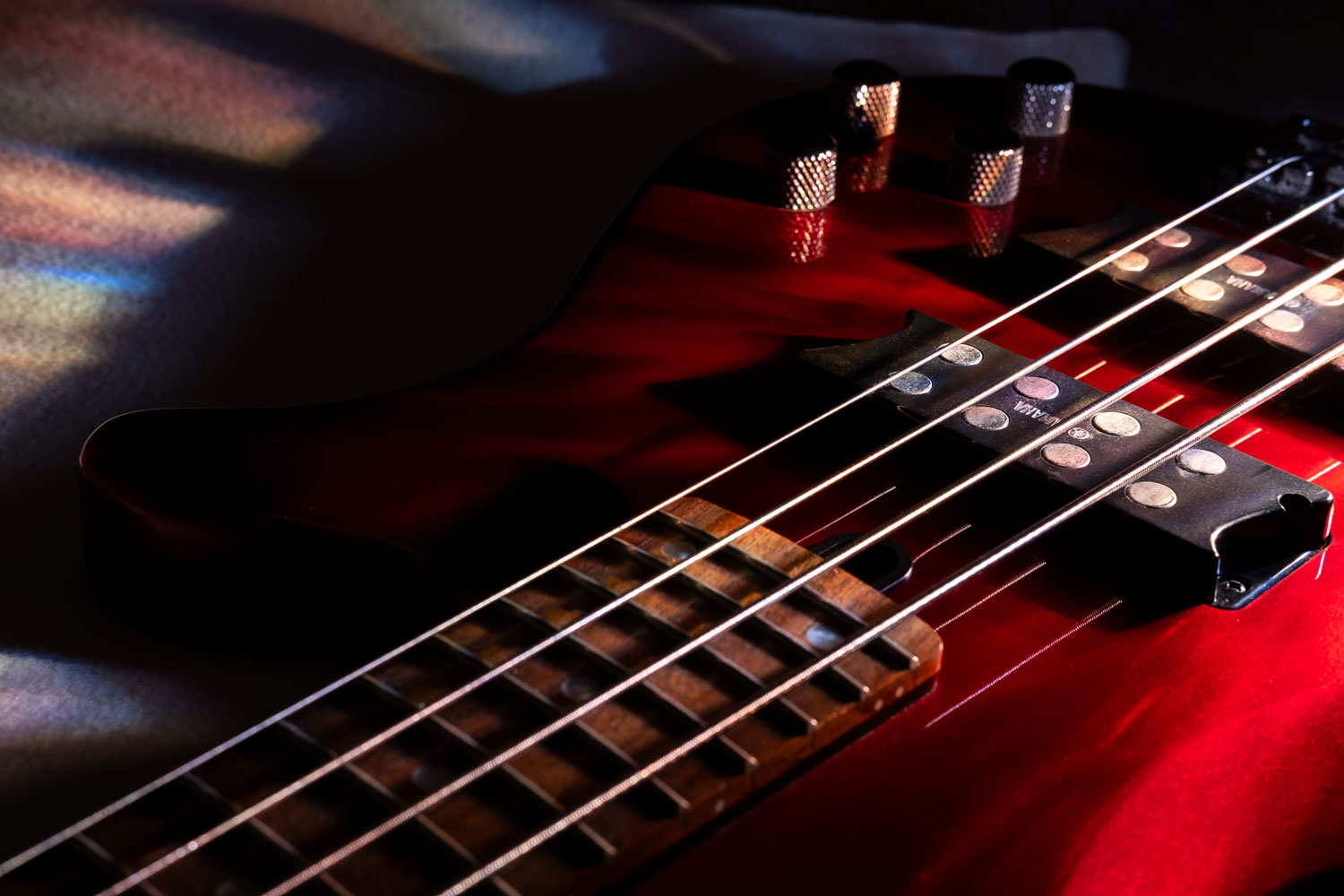
Hobolite Iris verdict
I really like this little LED. As a photographer more used to natural light, the Iris was great for exploring what artificial light can bring to my everyday photography.
It’s lightweight, user friendly and very capable for its size, without being over complicated – and this is key.
In an area as complicated as lighting, it’s so easy for beginners to be scared off by jargon, buttons and endless menus. To have it presented in such a simple way is sure to be very popular.
However, that’s not to say the Iris should be dismissed by pros. Granted, it may not be first choice for a professional studio shoot, but it could make a useful addition to a weekend bag or hand luggage.
The fact it was unstable with larger attachments was slightly annoying, but that’s a product of one of the biggest selling points: its size and weight. So, I’m happy to let it go.
What was harder to let go was the fact there was not a travel case included, especially with the creator kit, which has a lot of small bits.
All in all though, these are just minor niggles when compared to the amount of fun I had with the Iris. It aims to inspire people to explore the power of light manipulation and that it certainly did.
When you pick it up, there is no pressure, it screams ‘play with me’ and that’s exactly what you should do.
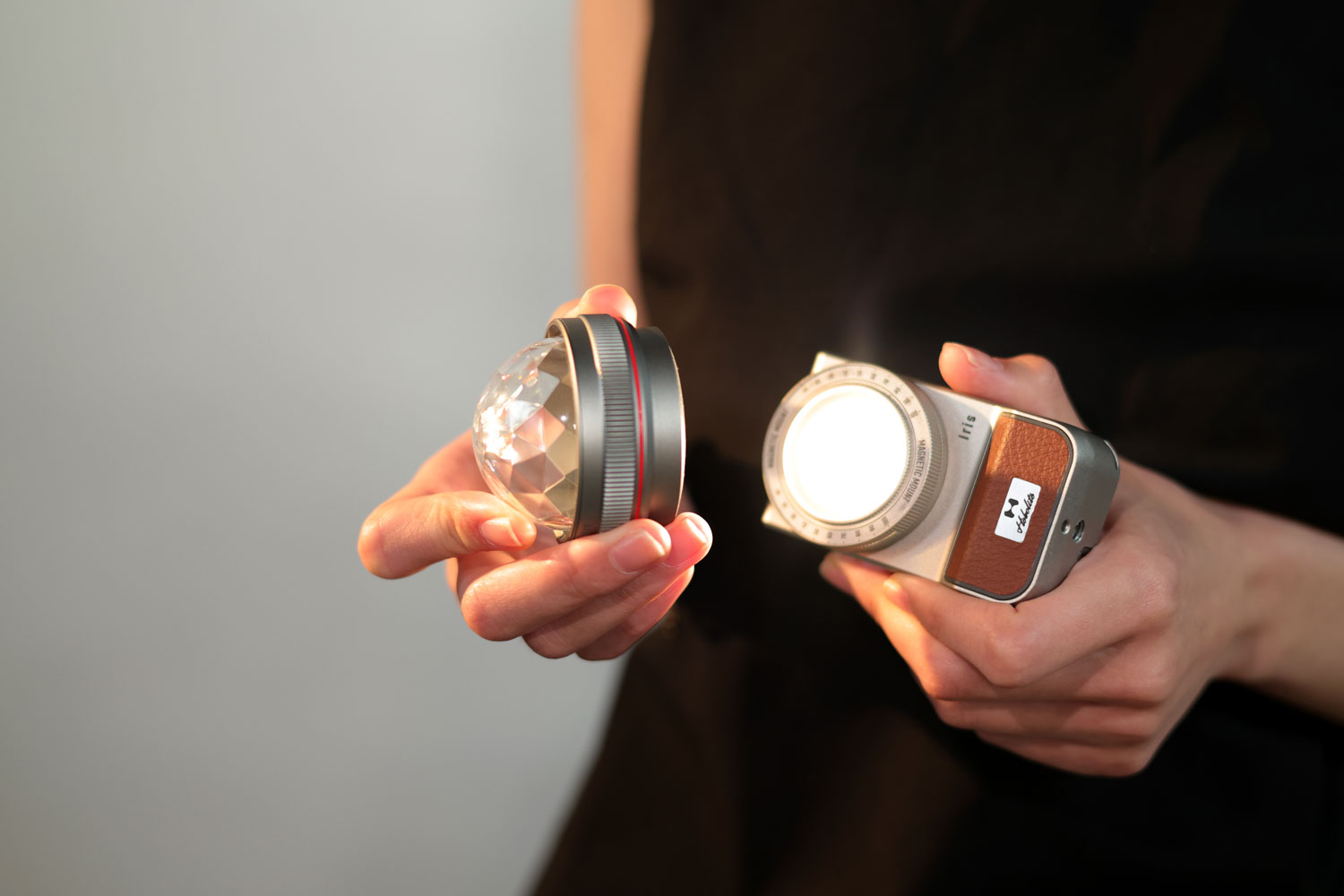
Hobolite Iris price and availability
The Hobolite Iris is available in two kits, the standard kit costs £99 and includes the light, the adjustable lens and the frosted dome.
The creator kit costs £199 and includes everything in the standard kit, plus a Fresnel lens, magic lens, aperture and four gel filters.
It is available to buy now, visit the Hobolite website for more information.

